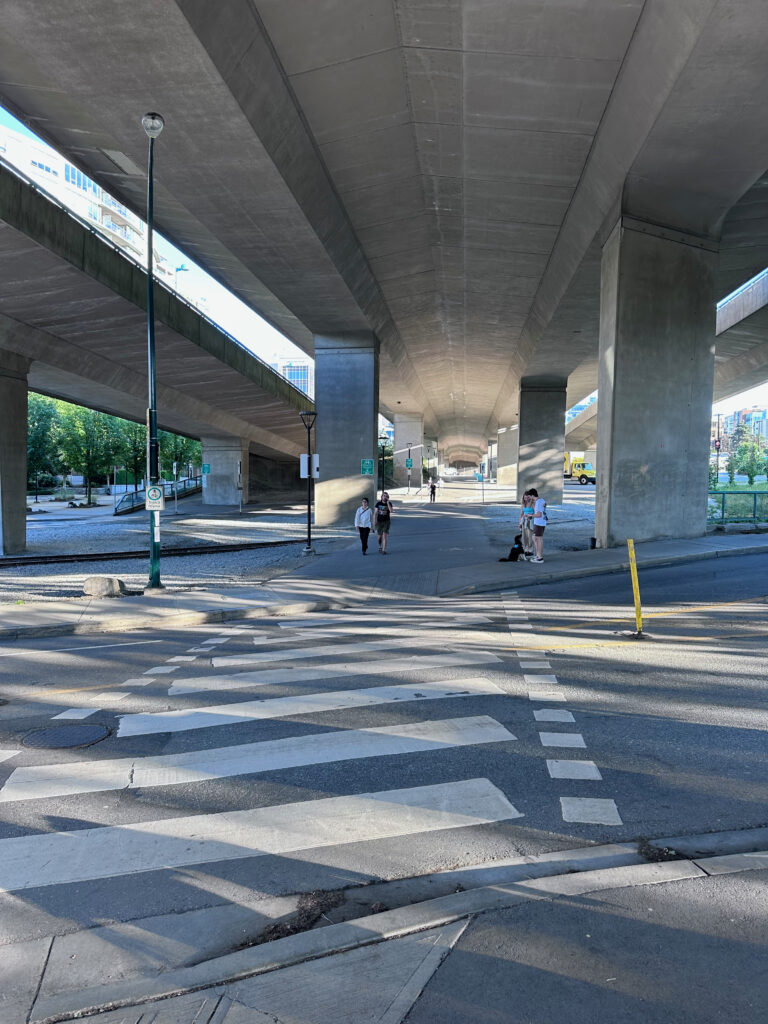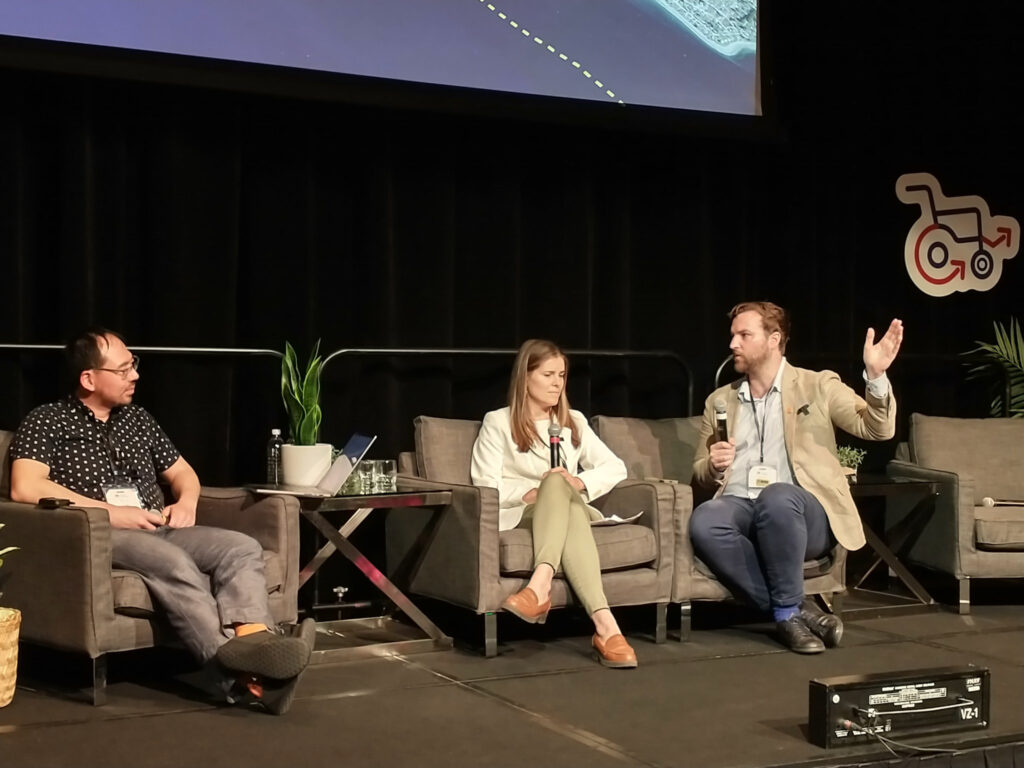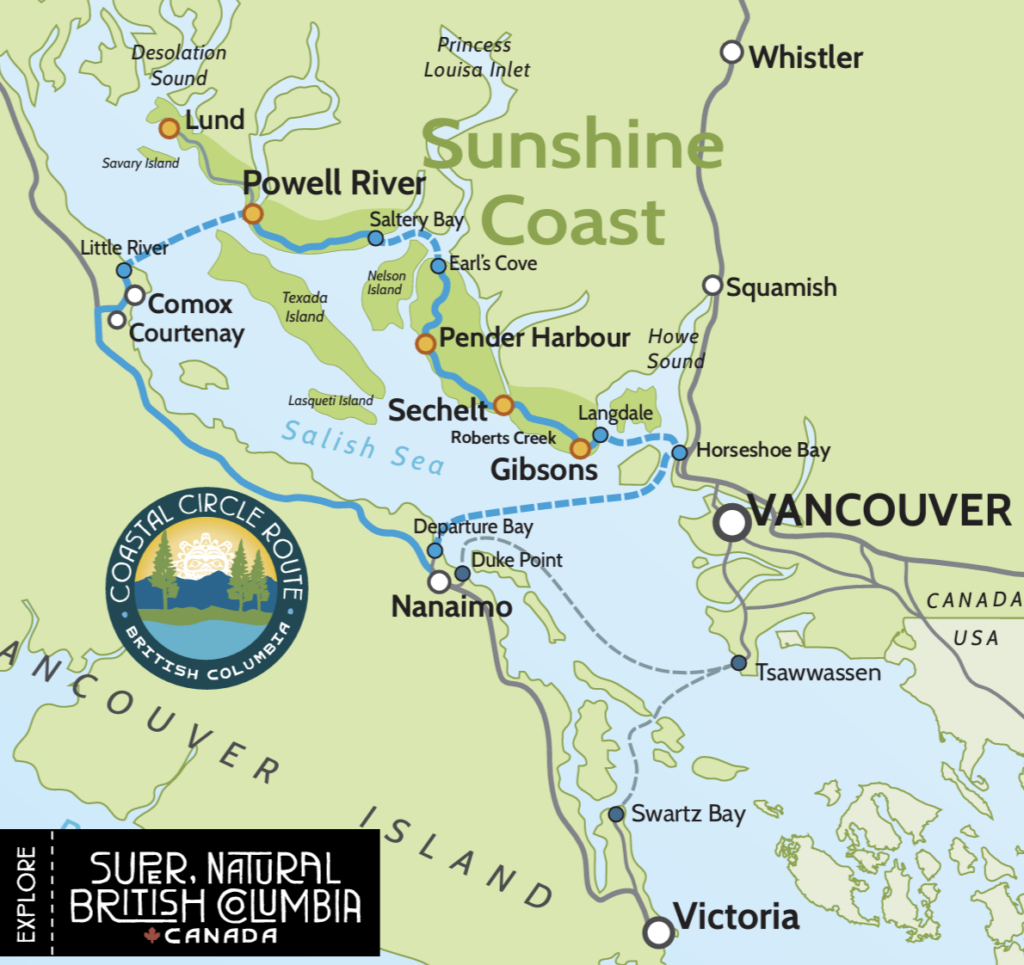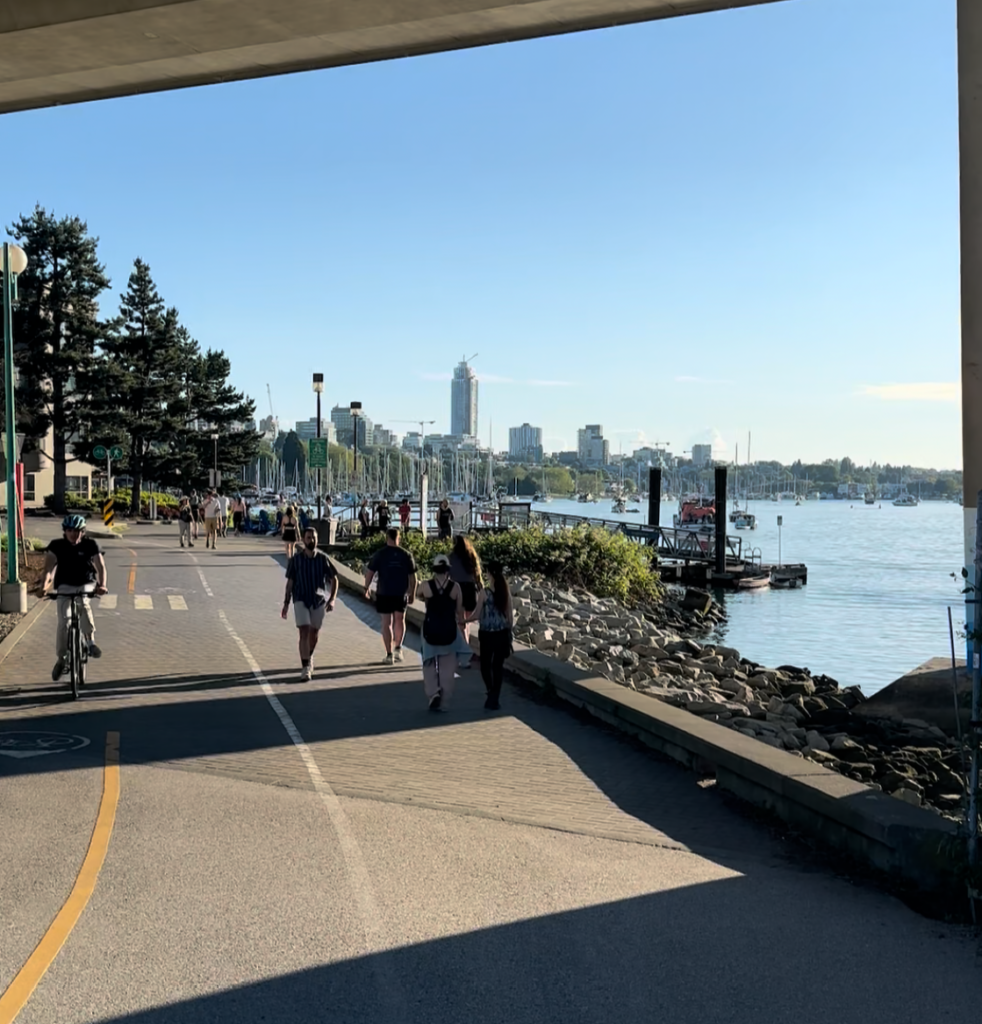Conference / Cycling Toursim / Innovation / Urban Mobility Design
Strategic Planning for a More Active Future
In June, Mobility Advisor Brett Petzer had the privilege of travelling to Vancouver to represent Dutch cycling expertise at the British Columbia Active Transportation Summit, which was being held for the first time in five years. That long gap may explain why the summit felt so meaningful – the close-knit local community of people in favor of walkable and cyclable communities had waited a long time to do come together, compare notes, and set a common agenda.
We gratefully acknowledge the active interest and support of Sebastiaan Messerschmidt, the Consul-General of the Kingdom of the Netherlands in Vancouver, in making this trip possible.
As an outsider, it seemed that the summit attendees had a good story to tell. The sine que non [integral part] of progress in cycling, walking and rolling everywhere in the world today is political will. The program started with a big announcement, from the Province’s infrastructure minister, that promised more resources, less red tape, and a commitment to remove barriers that add time, cost and complexity to active travel projects.

Admittedly, the content of the workshops, panel discussions and breakout sessions I was part of over the next two days drove home how stubborn those barriers are. The photo to the left, of a cycling and walking route under the Cambie Bridge in central Vancouver, could serve as a kind of summary of these. There is good cycling and walking infrastructure in this region, to be sure, but it is in the shadow of a vast investment, over many generations, in car-centric urbanism.
A cycling and walking route under the Cambie Bridge, Vancouver
Happily, there was no shortage of creativity, ambition and strategic vision at the summit. What is perhaps more surprising is that bold visions were also put forward by small towns and communities beyond greater Vancouver. I sat on a panel with Anastasia Lukyanova, a planner with a carbon emissions assessment background working for the beautiful seaside community of Powell River, one of a string of tourism-focused towns known as the Sunshine Coast. Joining us and moderator was an old colleague from my PhD days, Dr George Liu, a who straddled both worlds as a Canadian who had come to the Netherlands for a PhD focused on cycling under the University of Amsterdam’s Fietsprofessor, Dr Marco te Brömmelstroet.

My panel discussion with Dr George Liu and Anastasia Lukyanova of Powell River
Anastasia’s story was simple: Powell River knew the value of cycling, and had commissioned a visionary plan for a comprehensive, cohesive, all-ages-and-abilities cycling network. It was just that, at current rates, it would take the city another 50 years to finance and build out the rest of the network. Our panel discussion then focused on how this process could be accelerated, so that tourists, residents and especially young people in Powell River today could see a complete network in years, not decades.
One answer that I put forward was to build a coalition in favour of cycling networks at many levels. Yes, people in Powell River were generally in favour of adding cycling infrastructure to their public realm; but many did not want to see anything taken away from cars (such as on-street car parking spaces). By partnering with other cycling communities on a regional level, it might be possible to create some top-down pressure for better cycling networks, since each town’s cycling network could now be seen as an essential link in a cohesive, regional system.
In fact, the Sunshine Coast has been working towards such a vision.

An excerpt from the Sunshine Coast’s circular cycling route (Source: Sunshine Coast Tourism)
Local communities see the value of cycle tourism, and have commissioned a plan to create a high-quality cycling route of more than 170km. The route offers several advantages to communities that are only easily accessible by water, as cycle tourists bring in revenue while taking up little space on ferries. Cycle tourists also spend money in their immediate area, meaning that investment flows into areas that tourists in cars may overlook. The cycle tourist season can also extend the general tourist season, as has been the case in Europe, where the sustained growth of cycling tourism along networks like Eurovelo has been driven by older people, especially those above working age. These tourists are less likely to be constrained by school holiday timetables, bringing in business in the low season.
In the Sunshine Coast, as in much of Canada, distances between settlements can be long. The resulting cost is an important barrier to seeing the Sunshine Coast’s loop completed in the near future. However, the vision of a regional connecting network backed by tourism interests, can work in the favor of local groups who may be working towards safe cycling routes to school, for example.
This kind of mutually reinforcing pressure – top-down and bottom-up – is increasingly apparent in the cycling ecosystem of the Netherlands, where fast, commuter-focused inter-city cycling links are a relatively new ‘layer’ of the overall cycling system. These longer-distance networks share the same basic infrastructure – overpasses, underpasses, main routes – as local networks.

Time will tell whether Powell River and the Sunshine Coast succeed in realizing their ambitions in years, rather than decades, but the strategic vision and commitment of Anastasia and others makes me very optimistic that top-down and bottom-up pressure can succeed here.
For more about Brett’s time in Vancouver, watch his appearance on the City UX podcast or the full panel session from the Summit!
Reach out to Brett if you would like to learn more, or discuss this topic further!
 ">
">Brett Petzer
“The hard work and the resources dedicated to making claims for space in a city are a reflection of their true priorities. I want these claims to become more equitable, so that motorists must work as hard to retain parking space as cyclists and pedestrians have to work to gain safe space.”

